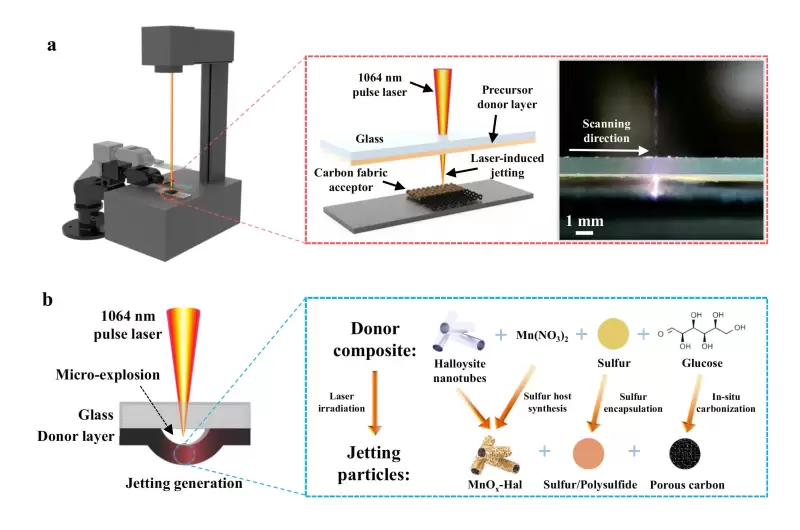 |
|
 |
|
 |
|
 |
|
 |
|
 |
|
 |
|
 |
|
 |
|
 |
|
 |
|
 |
|
 |
|
 |
|
 |
|
Cryptocurrency mining is the process of validating transactions on a proof-of-work blockchain network, like Bitcoin or Ethereum Classic. Miners play a crucial role

Cryptocurrency mining is the process of validating transactions on a proof-of-work blockchain network, like Bitcoin or Ethereum Classic. In essence, miners solve complex mathematical puzzles to add new blocks of transactions to the chain. For their efforts, they are rewarded with newly minted coins.
This mining activity began in 2009 when Bitcoin’s creator, known as Satoshi Nakamoto, mined the very first block using a standard computer. At the time, it was a niche endeavor accessible to tech-savvy hobbyists. Today, it has transformed into a global industry dominated by specialized hardware, sprawling data centers and a mix of professional operations and casual enthusiasts.
At its heart, mining is driven by the principle of supply and demand. When demand for a cryptocurrency is high and the number of active miners is low, rewards are more attractive. But as more miners enter the network, competition intensifies. This raises mining difficulty, requires more advanced (and expensive) hardware, and increases energy consumption — often leading to shrinking profit margins.
This creates a delicate balancing act where mining remains “just profitable enough” to keep participants engaged. This idea can be illustrated using a supply and demand graph, where the entry of new miners results in lower earnings across the board. Note that values are representative and do not correspond to real-world figures.
The truth is, there’s no single “most profitable coin to mine.” Volatility, energy costs, hardware advancements, mining reward halvings and regulations all contribute to rapidly changing profits. The profitability of mining a coin like Ethereum Classic can quickly surpass Bitcoin, and vice versa.
Let’s explore the main factors that influence mining profitability across the crypto market.
Volatility
Cryptocurrencies are known for their significant price volatility. For instance, in November 2022, Bitcoin’s (BTC) 10-day volatility exceeded 100%, indicating substantial price swings within a short period. During periods of extreme price drops, mining profits can fall so low that even efficient operations struggle to remain viable.
Conversely, price spikes can encourage more miners to join the network, increasing mining difficulty and competition.
For example, back in January 2024, mining Kaspa with 9.2 terahashes per second (TH/s) of KHeavyHash hash power was reported to yield approximately $69 per day, making it suddenly one of the most popular coins among miners.
Energy costs
Electricity costs are the largest ongoing expense for miners, and coins with high energy demands are only profitable in areas with cheap or renewable energy.
Mining Bitcoin, due to its difficulty, requires an incredible amount of power, making it difficult to sustain in regions with high energy prices. On the other hand, Ethereum Classic, Monero and Ravencoin, with their more energy-efficient algorithms, are better options for miners in areas with expensive electricity.
Did you know? Countries such as Iran have become hotspots for Bitcoin mining due to their low electricity costs, with mining a single Bitcoin costing as little as $1,324.
Hardware efficiency
The type of mining hardware plays a crucial role in determining profitability. Bitcoin mining is dominated by ASICs, which, while efficient, are costly and accessible mostly to large-scale operations. Aspects such as efficient cooling systems and housing units also ought to be considered, as they directly impact hardware performance and profitability.
Ethereum Classic (ETC) and Ravencoin (RVN), on the other hand, can be mined with GPUs, which are more affordable and versatile.
The regulatory environment
Countries regulate cryptocurrency mining in vastly different ways, with some introducing supportive policies and others imposing strict limitations.
For instance, under President Donald Trump’s upcoming administration, the US has adopted a more crypto-friendly stance. The administration aims to position the US as a global leader in Bitcoin mining by offering incentives such as tax breaks and access to affordable energy resources. This approach is designed to strengthen the domestic crypto industry while ensuring financial stability and security.
Conversely, Russia has taken a more restrictive approach. Effective Jan. 1, 2025, the Russian government banned cryptocurrency mining in 10 regions, a prohibition set to last until March 15, 2031. This decision is intended to prevent energy shortages and mitigate the environmental impact of intensive mining activities.
Disclaimer:info@kdj.com
The information provided is not trading advice. kdj.com does not assume any responsibility for any investments made based on the information provided in this article. Cryptocurrencies are highly volatile and it is highly recommended that you invest with caution after thorough research!
If you believe that the content used on this website infringes your copyright, please contact us immediately (info@kdj.com) and we will delete it promptly.
-

-

-

-

-

-

- Bitcoin (BTC) Faces Critical Test: Will the Yearly Open Flip from Support to Resistance?
- Apr 24, 2025 at 03:00 am
- Bitcoin's price has recently found itself near a critical juncture, as it trades close to its yearly open. This level, which was once a robust support, could now play a pivotal role in determining the next phase of Bitcoin's market trajectory.
-

- A research team has developed an innovative single-step laser printing technique to accelerate the manufacturing of lithium-sulfur batteries.
- Apr 24, 2025 at 02:55 am
- Integrating the commonly time-consuming active materials synthesis and cathode preparation in a nanosecond-scale laser-induced conversion process, this technique is set to revolutionize the future industrial production of printable electrochemical energy storage devices.
-

-






























































